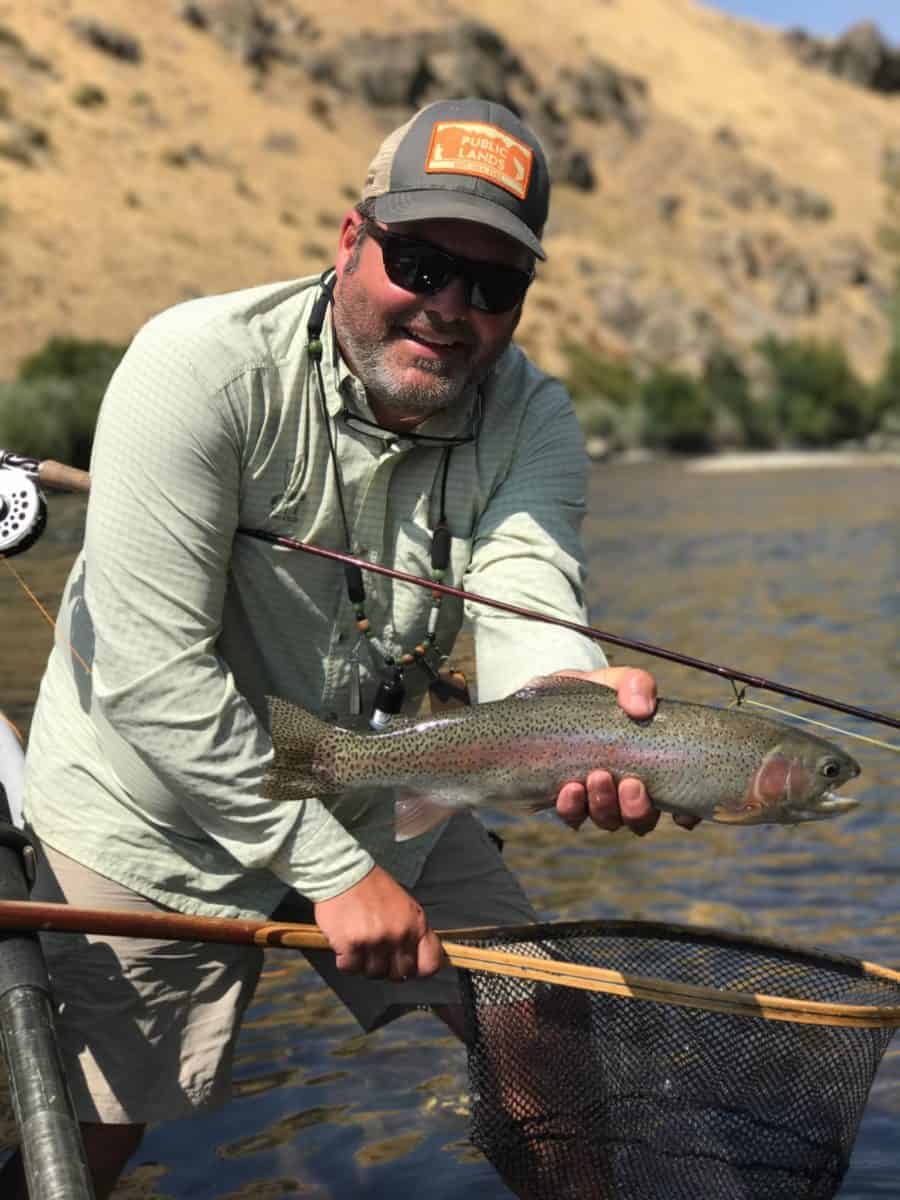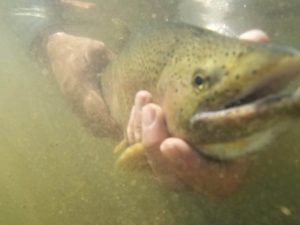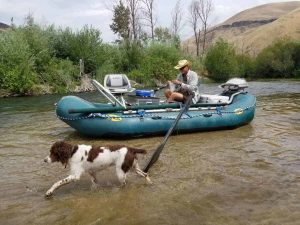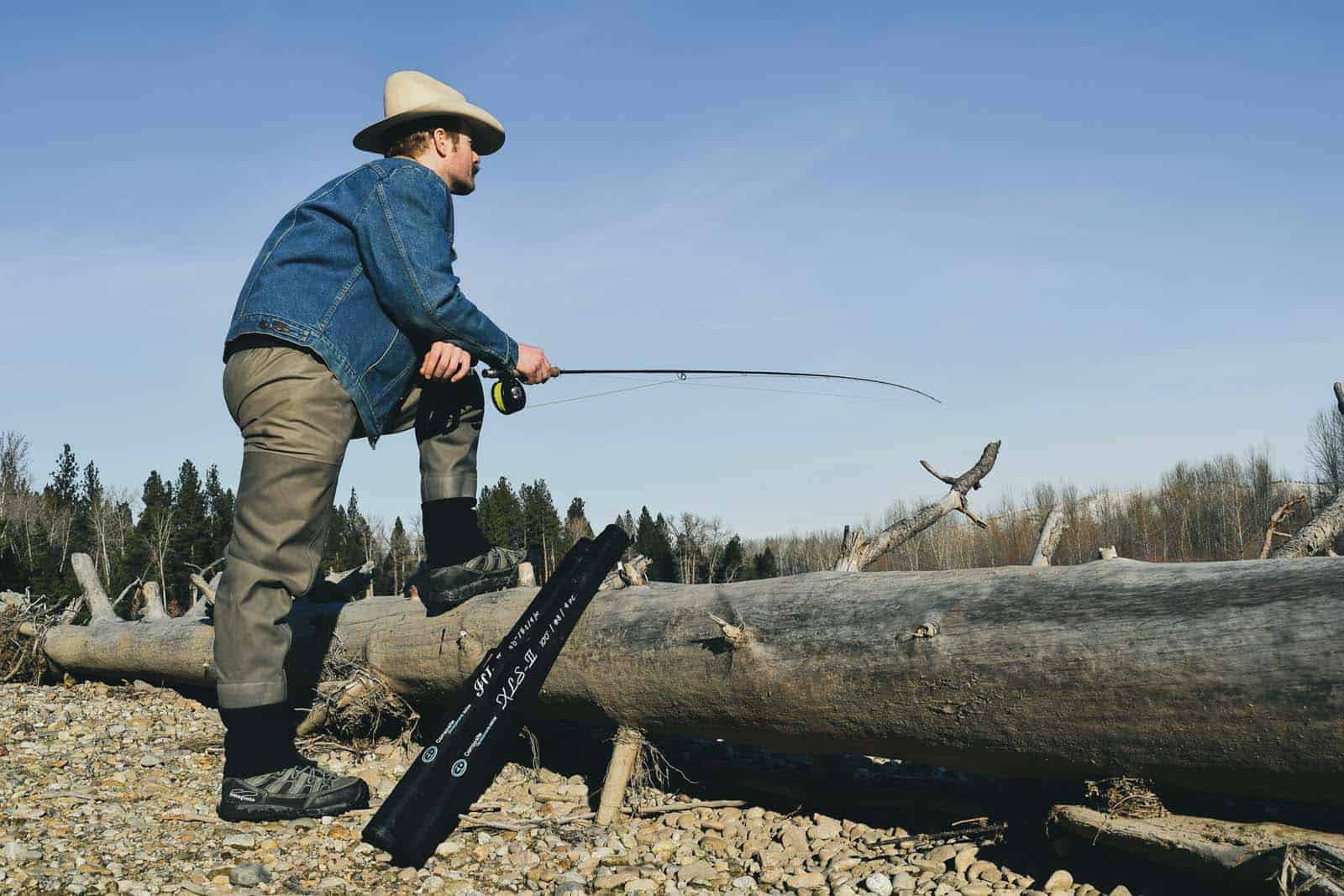Terrestrial Tips, Tactics and Techniques

Evacuation orders were in effect for many residents adjacent the wildfire, which, due to hot weather, high winds, a century of forest mismanagement, and questionable decision-making on part of the incident commander, had metastasized into a full blown conflagration.

Though my home was not at risk, my respiratory system sure was, and with my family safe in the north woods of Wisconsin, I needed to find some respite myself.
So I high-tailed it for the high-country of Idaho, the only place in the West that was choke-free in the summer of 2017. Dually, there were folks I hadn’t seen in far too long, and south forks of trout streams that I’d yet to check off the been-there-done-that list.

Fire and brimstone weren’t the only portents of armageddon, the locusts were in swarm-like concentrations along the river as we launched the boat. A pair of A-10 Warthogs buzzed the basalt river canyon. If this is it, at least I’m going down here.

By the time the smoke settled and I returned home, I had spent nearly a month of concerted effort on numerous trout rivers, an in-depth refresher course on late summer terrestrial fishing. Here’s what I learned.
Be the Hopper, Grasshopper
Hoppers land in the water with a thud, and they don’t like being there, your fly should mimic that behavior. Remove the subtle, delicate presentation approach from your mind and bring the rod tip low on the delivery to make your bug crash-land. Adding a little animation to a hopper drift is no secret, but knowing when to twitch the fly with the rod tip is paramount to fooling those bigger fish that have seen it all. Anticipation is the key. Before your fly enters prime holding water, give it a twitch, then allow it to dead-drift. On a long, juicy hopper bank, twitch the fly every twenty feet or so. I’ve witnessed big trout move to the fly on the twitch and then follow it for what seems like forever, inspecting it for inaccuracy, before finally committing.
LOOK MID-RIVER
Though the majority of effort is expended fishing tight to the banks during hopper season, don’t neglect the midstream riffles, runs, and pocket water, especially when your the 5th boat in line on a busy day. I’ve caught some of my biggest fish on hopper patterns in the middle of the lower Yellowstone, a football field from terra firma.
DON’T FORGET THE 4X
I’d yet to catch a fish and at lunchtime, George Rizzo advised me to switch to 4x. I was running a huge Rainy’s Hopper and this seemed counter-intuitive, but I heeded the local knowhow and on the next bank, stuck a nice redband. My catch rate went up significantly after that. I also found that I could add alot of life to my drift on the lighter tippet. While I wouldn’t fish 4x in every hopper situation, if you’re getting refusals, the trout may just be wise to 3x and one drop in tippet size can make all the difference.

LOSE THE DROPPER
“Hopper Dropper” is so popular that to many anglers, its a foregone conclusion that they are going to run a beadhead off the Chernobyl, but this isn’t always a wise move. I’m convinced that in some situations, wary fish are wise to the subtleties of a dry fly drift with a dropper nymph attached. Further, a lone dry can be fished tighter to structure and overhanging vegetation.

BELIEVE IN THE BEETLE
Beetle patterns are plain-jane simple yet can be extremely effective at times. When pressured fish are refusing the hopper, despite all the afore-mentioned efforts, switch to a foam black beetle.

Let’s hope for hoppers without the inferno this late summer and fall…get out there and twitch it!

![]()


